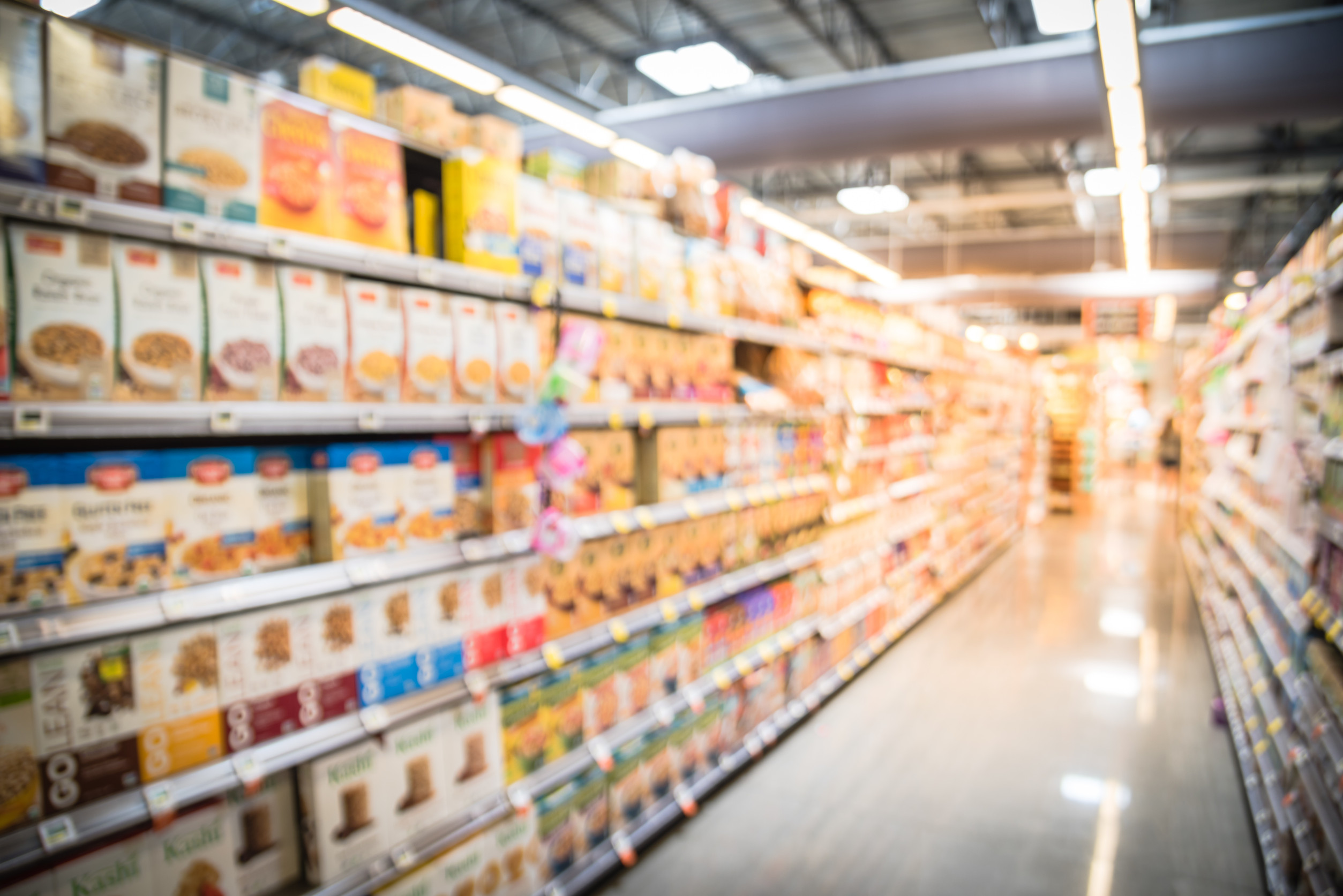
Image Source: 123rf.com
You might think that buying two different brands means you’re getting two completely different products—but that’s not always the case. Many companies sell identical or nearly identical products under different labels, often at different price points. This practice, called brand repackaging or “private labeling,” is common in food, household goods, and even personal care items. While sometimes it’s about marketing to different audiences, it can also mean you’re unknowingly paying more for the same thing. Understanding how this works can help you shop smarter and avoid brand duplication in your own home.
1. Store Brands vs. National Brands from the Same Factory
One of the most common ways consumers pay twice is by buying a store-brand item and its national-brand equivalent. In many cases, both products are made in the same factory using the same ingredients or materials. The main difference? Packaging and price. For example, a supermarket’s generic peanut butter might be identical to a premium-label jar sold for 30% more. Checking manufacturing codes can sometimes reveal when two products share the same origin.
2. Premium Packaging That Hides the Same Product Inside
Packaging plays a huge role in how we perceive value. Companies often sell the same product in both “basic” and “premium” packaging to target different customers. You might see a cleaning spray in a plain bottle for less, while the same formula is sold in a sleek, ergonomic bottle for more. While the look may change, the liquid inside is often identical. If you’re paying extra for aesthetics, you might be spending more than you realize.
3. Seasonal or Limited-Edition Names for Regular Products
Sometimes brands rebrand a product for seasonal promotions, changing the name, design, or scent. That “limited-edition” holiday coffee blend may actually be the same as the brand’s year-round medium roast. This tactic creates urgency and encourages shoppers to buy extras while they can. While it’s not inherently deceptive, it can lead to buying duplicates you don’t really need. Checking ingredient lists or product codes can reveal whether you’re buying something truly new or just repackaged.
4. Cross-Market Rebranding for Different Retailers
Manufacturers often sell the same product to different retailers under unique brand names. For example, a shampoo formula might be sold under one name in drugstores and a completely different label in supermarkets. The change is purely marketing—designed to give each retailer something that feels exclusive. If you shop at multiple stores, you could end up buying both without realizing they’re identical. The result is paying twice for essentially the same purchase.
5. Product “Upgrades” That Aren’t Actually Different
When brands launch a “new and improved” version of a product, the changes aren’t always substantial. In some cases, the formula, recipe, or design is nearly identical to the old one—just with updated branding. This can lead consumers to keep buying the “new” version while still having the original in their pantry or closet. It’s a subtle way of making you feel like you need something different when in reality, you already have it. Reading labels closely can help you spot these marketing moves.
6. Bulk vs. Single-Pack Pricing Tricks
Buying in bulk is supposed to save money, but sometimes the math doesn’t work out. A “value pack” might actually cost more per unit than smaller packages—especially when brands repackage the same product in different sizes for different markets. Consumers who stock up on both bulk and single packs might unknowingly be buying the same thing at two price points. Comparing unit prices before purchasing can prevent these hidden overcharges.
7. “Specialty” Versions of Everyday Products
Some brands create “specialty” lines that are essentially the same as their standard products but marketed to a specific audience. For example, a “men’s” body wash may be nearly identical to the regular version—just in a darker bottle with a different scent. The same applies to “organic” or “gourmet” lines that differ only slightly, if at all, from their mainstream counterparts. These versions often cost more, even when the differences are minimal.
8. Private Label Products Made by the Same Manufacturer
Many private-label products, especially in grocery and pharmacy chains, are produced by the same manufacturers as big-name brands. These products often share the same recipes, ingredients, and quality standards. The only real difference is the label and the marketing strategy behind it. If you buy both versions, you might be spending double without gaining any added value. Identifying which private labels share manufacturers with national brands can help you cut costs.
9. Household Items Under Multiple Brand Names
Cleaning supplies, batteries, and paper goods are often manufactured in bulk and sold under various brand names. You might find the same roll of paper towels sold under a budget store label and a premium brand at double the cost. This strategy allows manufacturers to cover multiple market segments without changing the product. Being aware of this can help you stick to the lower-priced option without sacrificing quality.
10. Food Products Sold Under Different Market Segments
Some food items—like canned vegetables, pasta sauces, or frozen meals—are produced in large batches and split between different labels for distribution. One label might be aimed at value shoppers, while another is marketed as premium, even though they come from the same batch. This allows the brand to reach more customers while maximizing profit. Without careful label reading, you could end up paying more for a product you already have in your pantry under another name.
Smart Shopping Means Knowing the Game
Paying twice for the same brand under different names is easier to do than most shoppers realize. Marketing, packaging, and retail strategies are designed to make products feel unique—even when they’re not. By checking ingredient lists, manufacturing codes, and unit prices, you can spot duplicates and make smarter purchases. The money you save by avoiding these hidden traps can go toward truly different products or better-quality upgrades. Awareness is your best defense against paying for the same thing twice.
Have you ever discovered two “different” products were actually the same? Share your story in the comments.
Read More
10 Products That Were Rebranded After Legal Trouble
What Happens When Your Favorite Brand Is Bought by a Hedge Fund?
